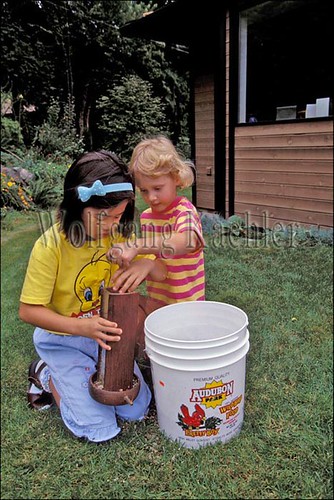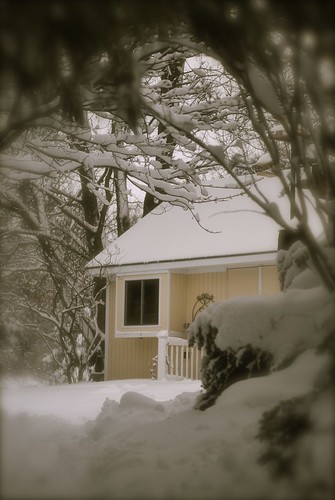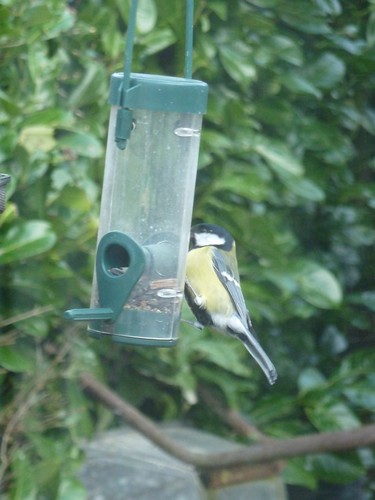
Image : http://www.flickr.com
We are often asked by our customers what can be done about the large flocks of pigeons or doves which come in and wipe out the seed at their bird feeding stations. These birds are much larger in size than most feeder birds and they tend to travel to feeding stations in large numbers. We often have flocks of up to 80 Mourning Doves at our own station during the winter. These birds do not crack or hull their seeds like most other birds. They eat them whole and can eat large amounts in a very short time. Their size, coupled with their feeding habits can certainly make pigeons and doves a big problem at bird feeders.
As large a problem as they are, there are ways to avoid feeding large flocks of pigeons and doves. These birds tend to like certain seeds including white proso millet, milo, oats and cracked corn. By using seed mixes with smaller amounts or none of these seeds you will be helping to discourage them. Pigeons and doves like to feed on the ground or on platform or flat bird feeders. Placing your seed mixture in a tube type bird feeder with short (under 2 inch) perches will deter large numbers of these birds from eating all of your food. Depending on which species of birds you do wish to attract to your feeding station, feeding specialty foods in specialty feeders will also help. Many of the finches (Goldfinches, Pine Siskins, Redpolls, House Finches, Purple Finches etc.) are attracted to thistle or Nyjer seed bird feeders. Most often, these feeders do not have perches and the smaller birds simply cling to the sides of the feeder to eat. The feet of doves and pigeons are not made for this type of perching and most will have trouble holding on long enough to feed. There are also specialty feeders for sunflower seed and peanuts available. These also cater to the clinging birds instead of pigeons and doves. We also provide peanut butter, grape jelly and fruit for over 40 species of birds in a recycled oriole feeder and have never observed a pigeon or dove at it. If you suspend your suet bird feeders from a wire or branch and use a tail prop type suet feeder, you will also deter these birds as they have trouble getting a foothold on the feeder. Each of these foods draws its own group of more desirable backyard birds and each limits the availability of food for the large flocks of pigeons and doves.
At our feeding station we love our quail. Unfortunately, the quail have the same feeding habits as the the doves so we end up feeding both. The doves just seem to be a necessary evil with us. If you do not wish to feed large flocks of pigeons and doves you can use the above ideas to enhance your backyard bird feeding experience.



